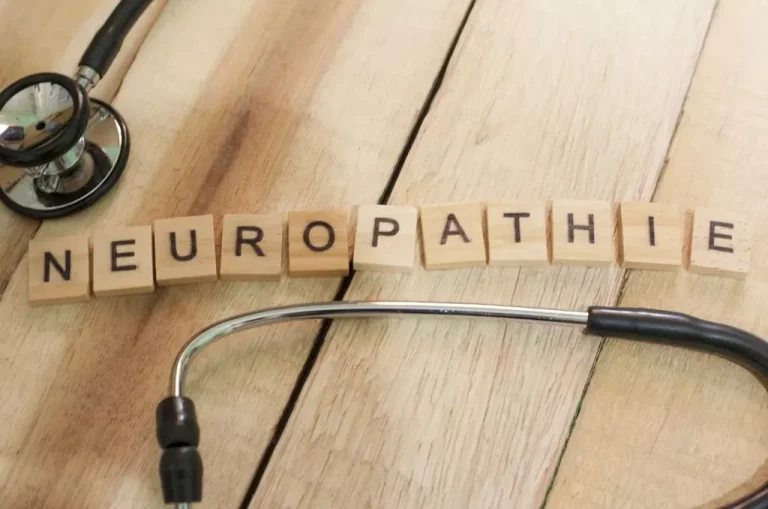Shiffman and colleagues describe stress coping where substance use is viewed as a coping response to life stress that can function to reduce negative affect or increase positive affect. They assume a distinction between stress coping skills, which are responses intended to deal with general life stress, and temptation coping skills, which are coping responses specific to situations in which there are temptations for substance which could contribute to relapse13. One of the most critical predictors of relapse is the individual’s ability to utilize effective coping strategies in dealing with high-risk situations. Coping is defined as the thoughts and behaviours used to manage the internal and external demands of situations that are appraised as stressful. A person who can execute effective coping strategies (e.g. a behavioural strategy, such as leaving the situation, or a cognitive strategy, such as positive self-talk) is less likely to relapse compared with a person lacking those skills. Moreover, people who have coped successfully with high-risk situations are assumed to experience a heightened sense of self-efficacy4.
Historical context of nonabstinence approaches
This narrative review considers the need for increased research attention on nonabstinence psychosocial treatment of SUD – especially drug use disorders – as a potential way to engage and retain more people in treatment, to engage people in treatment earlier, and to improve treatment effectiveness. Despite significant empirical support for nonabstinence alcohol abstinence violation effect interventions, there is a clear gap in research examining nonabstinence psychosocial treatment for drug use disorders. Future research must test the effectiveness of nonabstinence treatments for drug use and address barriers to implementation. A key feature of the dynamic model is its emphasis on the complex interplay between tonic and phasic processes.
Develop Coping Skills

Given that CBT is often used as a stand-alone treatment it may include additional components that are not always provided in RP. For example, the CBT intervention developed in Project MATCH [18] (described below) equated to RP with respect to the core sessions, but it also included elective sessions that are not typically a focus in RP (e.g., job-seeking skills, family involvement). Elucidating the “active ingredients” of CBT treatments remains an important and challenging goal.
The reformulated cognitive-behavioral model of relapse
Clients are taught that changing a habit is a process of skill acquisition rather than a test of one’s willpower. As the client gains new skills and feels successful in implementing them, he or she can view the process of change as similar to other situations that require the acquisition of a new skill. The desire for immediate gratification can take many forms, and some people may experience it as a craving or urge to use alcohol. Although many researchers and clinicians consider urges and cravings primarily physiological states, the RP model proposes that both urges and cravings are precipitated by psychological or environmental stimuli. Ongoing cravings, in turn, may erode the client’s commitment to maintaining abstinence as his or her desire for immediate gratification increases.
Set realistic expectations for your recovery journey, understanding that progress may not always be linear. Rather than only focusing on the end goal, celebrate small victories and all positive steps you’ve taken thus far. Feelings of guilt, shame, and self-blame may lead people to question their ability to overcome addiction and exacerbate underlying issues of low self-esteem. Overall, the Abstinence Violation Effect is a complex phenomenon influenced by a combination of cognitive, emotional, and biological factors. This can create a cycle of self-recrimination and further substance use, making it challenging to maintain long-term abstinence. One of the key features of the AVE is its potential to trigger a downward spiral of further relapse and continued substance use.
4. Consequences of abstinence-only treatment
- Further, there was strong support that increases in self-efficacy following drink-refusal skills training was the primary mechanism of change.
- It has also been used to advocate for managed alcohol and housing first programs, which represent a harm reduction approach to high-risk drinking among people with severe AUD (Collins et al., 2012; Ivsins et al., 2019).
- A key feature of the dynamic model is its emphasis on the complex interplay between tonic and phasic processes.
- Inaction has typically been interpreted as the acceptance of substance cues which can be described as “letting go” and not acting on an urge.
- It is not necessarily these natural emotions that cause emotional relapse, but how you cope with them, that does.
Self-efficacy is defined as the degree to which an individual feels confident and capable of performing certain behaviour in a specific situational context5. The RP model proposes that at the cessation of a habit, a client feels self-efficacious with regard to the unwanted behaviour and that this perception of self-efficacy stems from learned and practiced skills3. In a prospective study among both men and women being treated for alcohol dependence using the Situational Confidence Questionnaire, higher self-efficacy scores were correlated to a longer interval for relapse to alcohol use8. The relationship between self-efficacy and relapse is possibly bidirectional, meaning that individuals who are more successful report greater self-efficacy and individuals who have lapsed report lower self-efficacy4. Chronic stressors may also overlap between self-efficacy and other areas of intrapersonal determinants, like emotional states, by presenting more adaptational strain on the treatment-seeking client4.

Relapse Prevention
- Thus, a person who can execute effective coping strategies (e.g., a behavioral strategy, such as leaving the situation, or a cognitive strategy, such as positive self-talk) is less likely to relapse compared with a person lacking those skills.
- Triggers include cravings, problematic thought patterns, and external cues or situations, all of which can contribute to increased self-efficacy (a sense of personal confidence, identity, and control) when properly managed.
- A critical implication is that rather than signaling a failure in the behavior change process, lapses can be considered temporary setbacks that present opportunities for new learning to occur.
- Most studies of relapse rely on statistical methods that assume continuous linear relationships, but these methods may be inadequate for studying a behavior characterized by discontinuity and abrupt changes [33].
